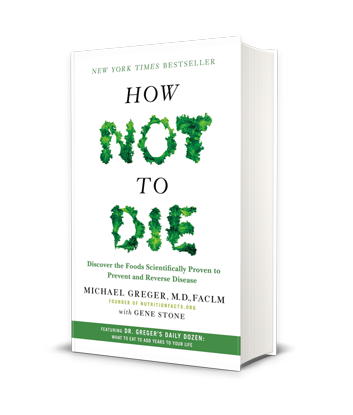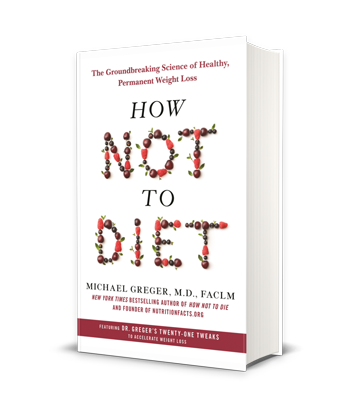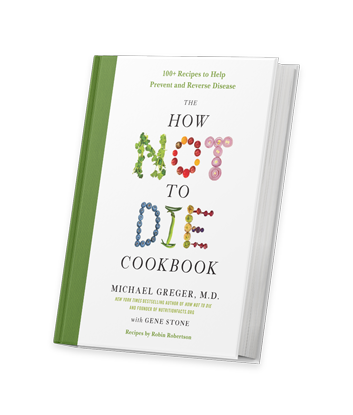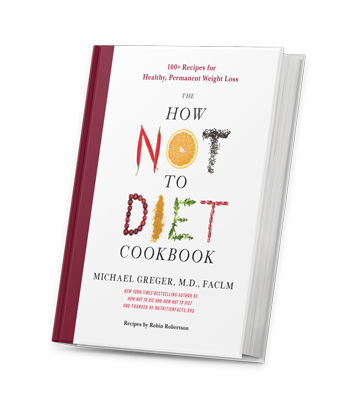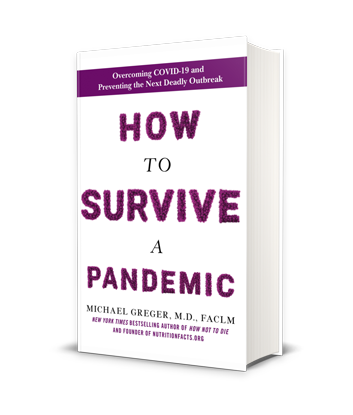Ultra-Processed Foods: Concerns, Controversies, and Exceptions
Michael Greger, M.D. FACLM
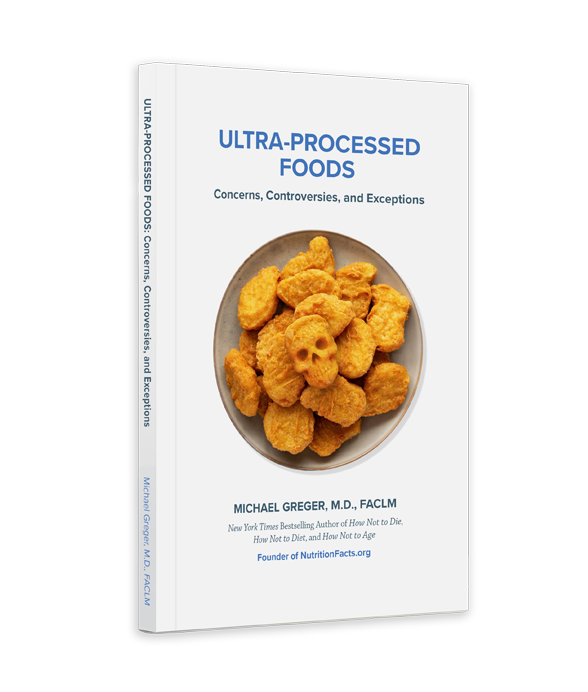
Modern nutrition science began about a century ago in the era of Nutrient Deficiency, which has given way to the era of Dietary Excess. No longer are we dying of nutrient deficiency diseases like scurvy as much as we're dying from nutrient excess diseases like obesity and heart disease. So, nutrition science has become more about avoiding too many calories and too much saturated fat, sugar, and sodium, while remaining focused on nutrients. Food corporations were happy to adapt, dishing out fiber-fortified Froot Loops or fat-free Snackwells. That's the limit of the market. The invisible hand is more than willing to hand us any kind of junk we want—low-fat junk, low-carb junk, non-GMO organic junk, and, especially ironically, processed paleo junk. They can make money off any fad, except food.
Nutrition science has finally moved beyond nutrientism and woke up to the role processing may play in the healthfulness of foods, focusing attention on the explosion of ultra-processed "foods." Chemically or physically transformed using industrial processes, typically containing little or no whole foods, ready to consume or heat up, and usually fatty, salty, sugary, and depleted in dietary fiber and other nutrients. Think industrial formulations of ingredients not used in culinary preparations, like added flavors, colors, artificial sweeteners, emulsifiers, and other additives used to imitate real foods. A Frosted Grape Pop-Tart has more grapes pictured on the front of its box than inside it.
Higher intake of ultra-processed foods has been associated with a laundry list of ailments. It makes sense that greater consumption would be associated with more dental cavities, thanks to their sugar, obesity, thanks to their concentration of calories, and an increased risk of high blood pressure, thanks to their salt, which is linked to higher rates of cardiovascular events, like heart attacks and strokes. And, since cardiovascular diseases are our leading killers, it also makes sense that excess intake of ultra-processed foods could lead to increased overall mortality. But why are ultra-processed foods associated with more cancer, dementia, inflammatory bowel disease and irritable bowel syndrome, chronic kidney disease, type 2 diabetes, and myriad other chronic diseases and mental health disorders? In Ultra-Processed Foods: Concerns, Controversies, and Exceptions, Dr. Greger investigates the 16 factors proposed to account for these findings, including additives, industrial contaminants, and packaging chemicals.
Ultimately, the increased risks of death and disease associated with excessive ultra-processed food consumption appear to be driven largely by intake of sweetened beverages and animal-based foods, such as burgers, chicken nuggets, and fish sticks. In that case, instead of being part of the problem, ultra-processed plant-based replacements may be the solution to the ultra-processed foods issue. Dr. Greger explores the impacts of plant-based meats on our gut microbiome, inflammation and artery function, oxidative stress, blood sugars, satiety, weight loss, risks of cancer, kidney disease, and heart disease, and more, as well as discusses comparative food safety.
Unlike other ultra-processed foods, plant-based meats and milks may be healthier than the foods they were designed to replace, but how do they compare to whole plant foods? What is the role of ultra-processed plant-based products in the diet? This book answers the question.



